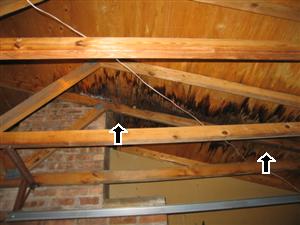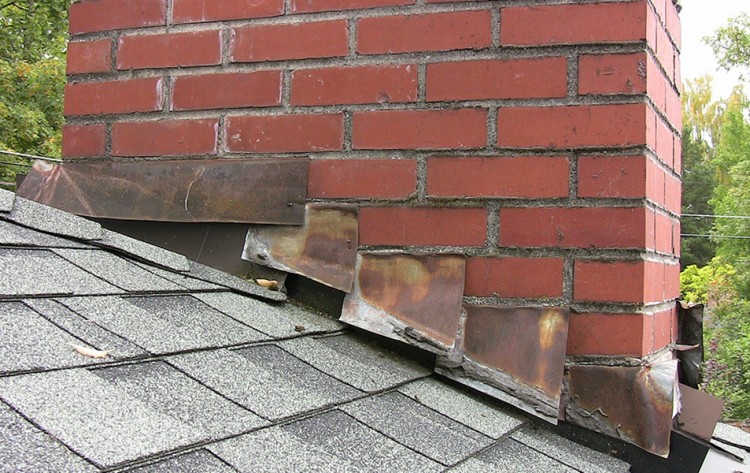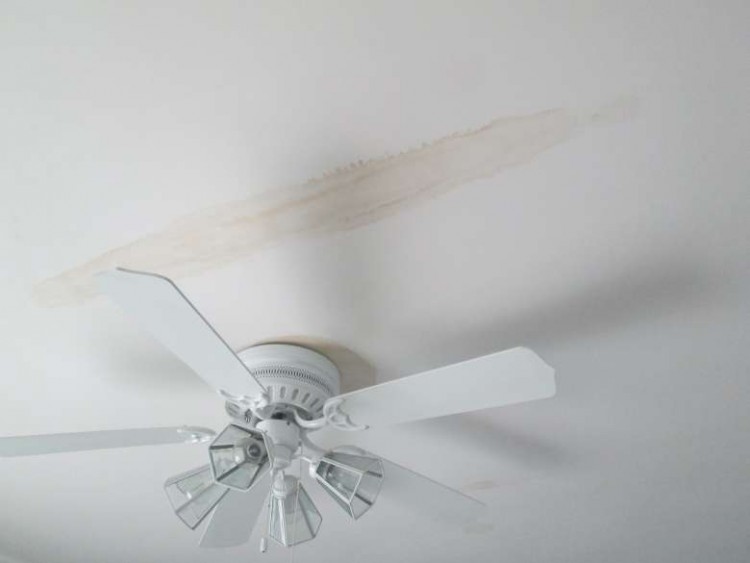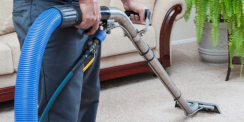If you notice water stains running down walls or extending across ceilings, there might be a leak in your roof. In these cases, you should fix it immediately to avoid bigger issues such as damaged ceilings, destroyed insulation, and mold. If the homeowners deal with these problems right away, the subsequent repairs might have been minimal especially if you call a roofing cedar rapids company. In this article, we will show you several simple tips to find and repair some common types of leaks in most roofing systems.
1. How to track down a roof leak
When you are trying to find a leak on the roof, always start by looking for any roof penetration at the part uphill from the stain. By far, one of the most common causes of leaks is the penetration of damaging items. In fact, it is unusual for leaks to occur in open parts of uninterrupted shingles. The penetration can include roof vents, dormers, chimneys, dormers and anything that would project through a roof. It might be several feet to the left, right or above the leaks.
If your house has an attic access, the simplest way to identify a leak is going up there and track down the evidence with a flashlight. There should be mold, black marks or water stains. But if it is difficult to access or the ceiling is vaulted, you will need to go up to the roof and check the suspect.

2. Fix small leaks
Sometimes it’s hard to locate a roof leak because the water might show up in an area distant from the penetration spot. If there is a vapor barrier between the attic insulation and the drywall in your ceiling, push aside the insulation and check for flowing stains. Water often flows to openings in a vapor barrier like light fixtures.
In case you can’t notice any flowing marks due to small sizes, look for a “shiner” at the roof’s underside. It is simply a nail which misses the framing component. As a result, moisture coming in the attic from a room below usually condenses on nails. You might spot it while climbing up the attic on cold nights with a white appearance due to being frosted. As the attic gets heated due to the sun, the frost will melt and drip, then the nail frosts up again at night. The best solution is to clip the nails with side-cutting pliers.
3. Solution to roof vents
Look for any cracked seams on the metal roof vents and broken housing on these plastic ones. Many people often caulk these holes, but that method will not last long. There is no better option than replacing a damaged vent. In addition, check for a missing nail on the bottom area of the base and replace them. Generally, you would remove a nail under the shingle on both edges of the vent to help it pull free. You might also work these loose without eliminating shingles. Just use rubber-washered screws to fix the bottom.
4. Fix dormer and walls
Water does not only come from a shingled surface. In some cases, rain driven by wind comes from rooftop, particularly between corner siding and boards, around windows or through knotholes and cracks in siding. A dormer wall allows for many spaces where water would flow in and penetrate your roofing system. Caulk could be missing, cracked or old between these corner board, siding, or window edges. Water enters those cracks and comes into your house via the flashing. Even when caulk looks intact, it might not be sealed against an adjoining surface. Thus, you should use a putty knife to dig around and check whether these areas are sealed and replace any suspect caulk with a silicon latex one.
5. Repair step flashings

Step flashings are often used along the walls which intersect the roofing system. Each short part of the flashing helps channel water downhill over the shingle. But when a piece gets loose or these parts rust through, water might run behind it, and penetrate your house. The most effective solution to this problem is to replace rusted flashings with new ones. This means removing loose prying siding and shingles first, then removing and changing the step flashings. Although this task is simple, many people often forget to nail them in place, causing them to slip down and expose the walls.
6. Do not rely on caulk
Roof cement or caulk is rarely a long-lasting solution for leakage on the roofing system. Instead, you should have a mechanical’ repair by a professional expert if possible. This means repairing or replacing the existing flashing rather than using any types of sealant. Only consider using caulk for a very small hole or when flashings are not a suitable option.
7. Repair tiny holes
Small holes in the shingles are often sneaky as they can lead to rot and other damages for a long period before you would find out the telltale signs of the leakage. You should check for a hole that comes from an antenna mounting bracket or satellite. And misplaced, exposed roofing nails must be pulled and patched. In general, a small hole on the roof is often simple to repair. However, it is better to fix it with flashings rather than injecting caulk.
Are you looking to buy property in USA ? Florida , Ca , Cape Coral , Detroit , Buffalo
Are you looking to rent property in USA ? Austin , Kissimmee , New Orleans , Park City , Breckenridge












Author
Homesgofast com
Homesgofast.com is an international real estate portal and news source for Google news. Publishing international real estate, finance, homes and travel-related news and blogs for a targeted audience since 2002. Each news item is circulated to thousands of potential readers each day and is also available to the millions of people who sign up for Google news alerts. Find homes offered for sale and to rent direct from owners and some of the best real estate agents from over 35 countries